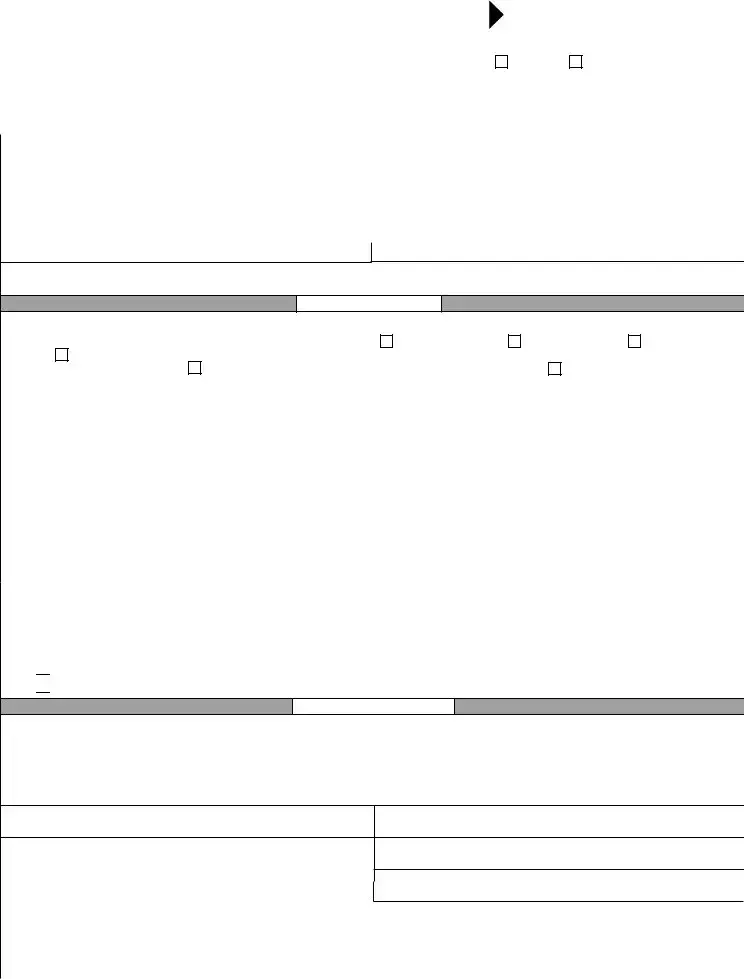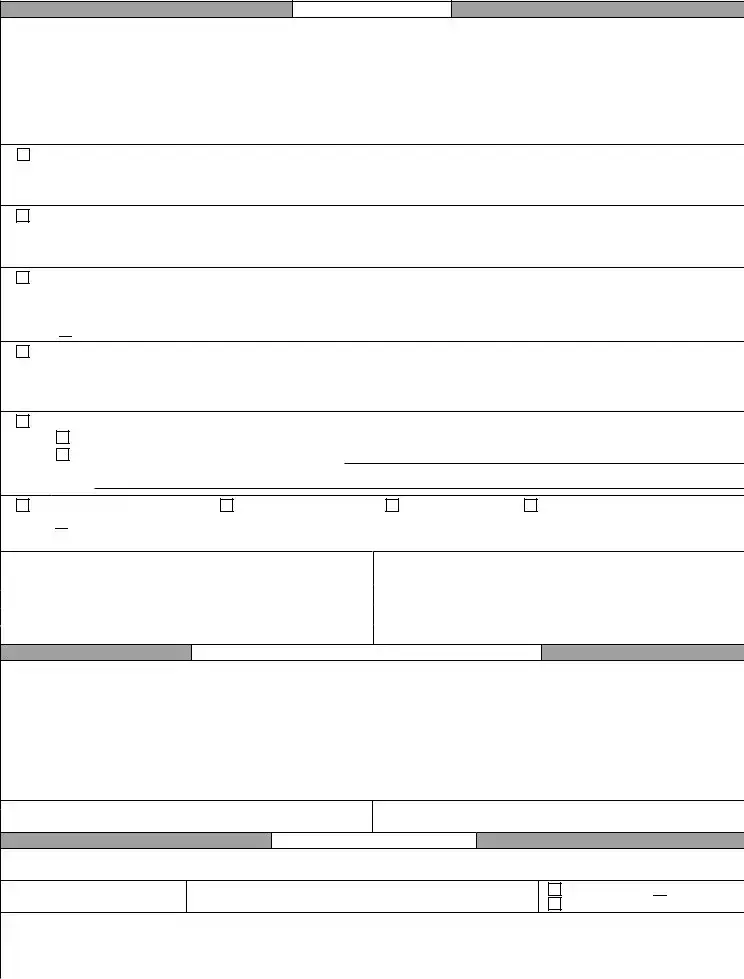The Temporary Driver's License form is closely related to the Driving Privileges Letter North Carolina form as both serve as interim solutions for drivers whose licenses have been suspended or revoked. Similar to the Driving Privileges Letter, a Temporary Driver's License allows individuals to drive under specific conditions while their full driving privileges are reinstated. This temporary license, much like the limited privilege, is often conditioned on maintaining legal and court-ordered obligations such as financial responsibility and may include restrictions on the times and purposes for which the individual may drive.
The DMV Reinstatement Letter offers a parallel to the Driving Privileges Letter in its role as a critical step towards regaining lawful driving status. Both documents are instrumental for individuals seeking to restore their driving rights following a suspension or revocation due to offenses like impaired driving. The Reinstatement Letter, similar to the Limited Driving Privilege, is typically contingent upon fulfilling specific requirements laid out by the court or the DMV, including attending educational programs or providing proof of insurance.
An Ignition Interlock Device (IID) Agreement shares similarities with the Driving Privileges Letter as it also addresses restrictions on driving following a DUI or related conviction. Common among the conditions for regaining limited driving privileges, the IID Agreement requires the installation of a device that prevents operation of a vehicle if alcohol is detected in the driver's breath. This agreement, much like the limited privilege document, imposes strict regulations that the driver must adhere to, with the common goal of promoting responsible driving post-conviction.
The Conditional Release Form, although typically used in a broader range of legal circumstances, has parallels with the Driving Privileges Letter when applied to driving-related offenses. Similar to temporary or restricted driving privileges, a Conditional Release might allow an individual certain freedoms, such as driving to work, under the condition they comply with specific terms set by the court. Both documents play a role in the rehabilitation process, aiming to reintegrate the individual into society while ensuring public safety.
The SR-22 Certificate is another document related to the Driving Privileges Letter by virtue of its requirement for certain drivers to reinstate their driving privileges. This certificate provides proof of financial responsibility by confirming that the driver holds the minimum amount of auto insurance required by state law. Like the limited driving privilege, obtaining an SR-22 is often a necessary step for drivers who have committed serious traffic offenses, including DUIs, to regain the ability to legally operate a vehicle.
The DUI School Enrollment Letter closely parallels the Driving Privileges Letter as both can be prerequisites for reinstating driving privileges after a DUI conviction. Attendance in a DUI or substance abuse education program, evidenced by enrollment and completion letters, is often a condition for obtaining a limited driving privilege. These education programs aim to reduce recidivism by addressing the behaviors that led to the offense, mirroring the limited privilege’s goal of ensuring the driver's safe return to the road under controlled conditions.
The Proof of Community Service Completion letter dovetails with the Driving Privileges Letter in its role in the reinstatement process of driving rights. Community service is frequently mandated as part of the punishment for driving offenses, including DUIs. Submitting proof of completion is akin to the steps required to obtain a limited driving privilege, representing the individual's compliance with court orders and their commitment to responsible citizenship.
A Vehicle Restriction Order shares objectives with the Driving Privileges Letter, particularly when it specifies the types of vehicles an individual may drive or the requirement to use an IID. Both documents contain limitations designed to tailor the driver’s reinstatement to ensure public safety, emphasizing monitored and restricted driving as steps toward full reinstatement. These restrictions are critical in minimizing the risk of reoffending by gradually reintroducing the privilege of driving.
An Occupational Driver's License is closely related to the Driving Privileges Letter, as both are forms of restricted driving permits issued following a suspension or revocation. Specifically tailored for individuals who need to drive as part of their job or to perform essential life tasks, an Occupational License, like the limited privilege, imposes conditions such as driving at specific times or for specific purposes only. The main goal is to balance the necessity of driving for employment or critical personal needs against the importance of upholding the law and ensuring road safety.

 a. The Court has been furnished a properly executed form
a. The Court has been furnished a properly executed form  b. The defendant has executed form
b. The defendant has executed form 

 The driver is self employed and the required documentation for
The driver is self employed and the required documentation for  Other:
Other: Clerk Of Superior Court
Clerk Of Superior Court